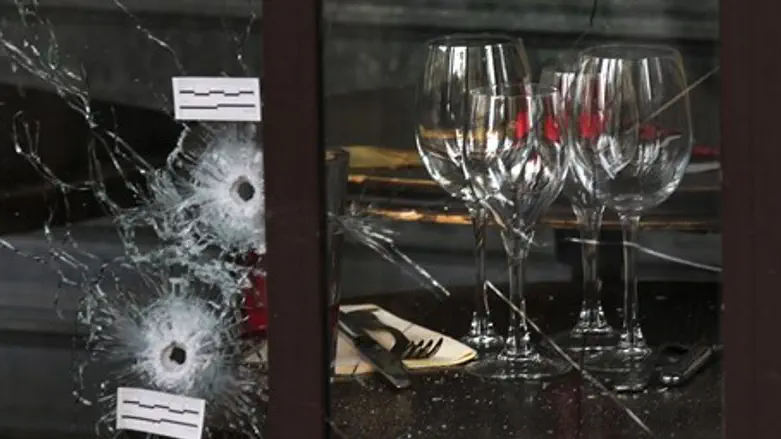
ISIS has trained at least 400 of its fighters to attack Europe in a series of waves, Associated Press has found. The attacks would be similar to those in Paris and Belgium, and timed to cause the most possible destruction and chaos across the continent.
The ranks are made up of terrorists from a range of origins who underwent training in Syria, Iraq, Libya and the former Soviet Union. After completing their training, they will work semi-autonomously as they infiltrate Europe and prepare their attacks.
Many of these would come from the 5,000 Europeans who have already traveled to Syria in order to join jihadist groups.
The project has already shown results; the mastermind behind November's attack in Paris reportedly entered Europe in the company of one such cell. His companions then split up and went "more or less everywhere."
European authorities are now focused on finding Najim al-Ashrawi, who was seen leaving the Brussels airport only minutes before the suicide vests he had prepared went off.
"Not only did he drop out of sight, but he did so to organize another attack, with accomplices everywhere. With suicide belts. Two attacks organized just like in Paris. And his arrest, since they knew he was going to talk, it was a response: So what if he was arrested? 'We'll show you that it doesn't change a thing,'" says French Senator Nathalie Goulet, who co-heads a commission to tracking terror networks.
A security official, who asked to remain anonymous, explained why the danger is far worse today than it was in the past.
"The difference is that in 2014, some of these IS fighters were only being given a couple weeks of training," he said, using another acronym for ISIS. "Now the strategy has changed. Special units have been set up. The training is longer. And the objective appears to no longer be killing as many people as possible but rather to have as many terror operations as possible, so the enemy is forced to spend more money or more in manpower. It's more about the rhythm of terror operations now."
